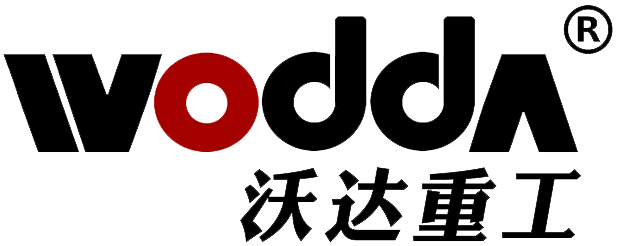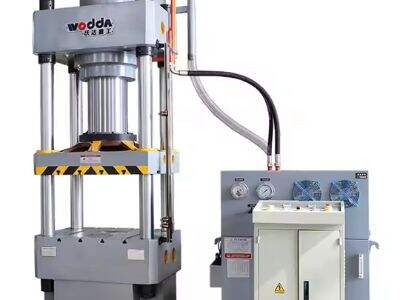What is Deep Drawing?
Deep drawing is a process where you stretch out a piece of flat metal into a 3D shape. That process makes objects as varied as kitchen sinks, car parts and even musical instruments. For this, we need to have some insight into the deep drawing process.
Knowing the Metal
If you’re just starting out with deep drawing, you should be aware of the type of metal you’re using. Other types of metals can bend and stretch in all sorts of different ways. When workers understand these features, they can set the hydraulic press correctly to produce the shape they need.
Choosing the Right Tools
Choosing the proper tools, and using them properly, are crucial in deep drawing. The tools, such as dies and punches, assist in shaping the metal to its final form. With the right tools and setup, workers can ensure that the metal is stretched evenly, avoiding any lumps and bumps.
When you are selecting your tools, consider the material, size and shape of the tool. The proper tools make it easy to avoid issues such as uneven stretching and tearing the metal.
Using Advanced Machines
Workers are allowed to use advanced machines to speed up and improve the deep drawing. The way hydraulic presses work is that the pressure pulls and forms the metal. The advent of better technology has allowed deep drawing to be faster and more precise.
Automation is another example new technology. Robotic equipment can assist with the loading and unloading of metal pieces, make setting adjustments and monitor the deep drawing process. That does make the work faster and easier.
Taking Care of the Machines
To maintain the production line running smoothly in deep drawing, it is essential to minimize waste and downtime. One technique for doing so is by looking after hydraulic presses. Routine checkups could prevent problems like leaks and machinery break-downs.
Hot-dogging the machines involves checking and greasing moving parts, looking at fluid levels, and replacing worn parts. By maintaining the machines in good condition, workers can minimize waste and downtime.
Keeping Quality High
Quality control is also important in deep drawing to ensure that the final product is just right. One method of checking quality was to visually examine the metal piece at intermediate stages of completion. This makes it easier to identify early signs of problems, such as asymmetrical stretching.
To ensure uniformity, employees should set the hydraulic press with the same pressure, speed and temperature, he added. As a result, each metal piece is formed in the same manner and a homogeneous final product is obtained.
To sum up, hydraulic deep drawing press observing the best practices for deep drawing is crucial to achieve desirable results in molding of metals. With the knowledge of how deep drawing works, selecting the proper tools for the job, working with advanced machinery, caring for your equipment, and inspecting the quality of the products, workers can form accurate metal products. It is through these best practices that we are able to produce high quality metal parts for a range of industries.
 EN
EN AR
AR BG
BG HR
HR CS
CS FR
FR DE
DE EL
EL HI
HI IT
IT JA
JA KO
KO PT
PT RO
RO RU
RU ES
ES TL
TL ID
ID LV
LV LT
LT SR
SR UK
UK VI
VI SQ
SQ TH
TH TR
TR MS
MS MK
MK HY
HY AZ
AZ KA
KA MN
MN KK
KK UZ
UZ KY
KY
